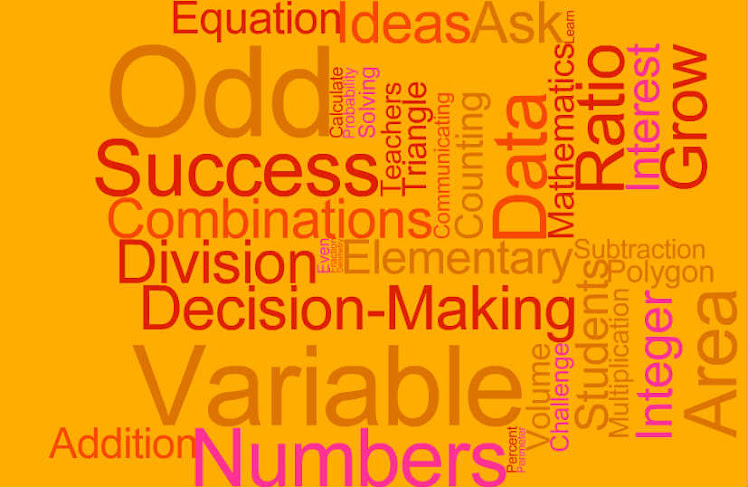Solving equations - not my idea of a fun afternoon, that's for sure. But, solving equations isn't a miserable as I remember it being in high school. Now that I have gone back over equations again, I feel a bit more confident in my abilities to write them and solve them. YouTube, once again, has been a great resource for me this summer in my math adventures and here are a couple of videos that provides plenty of information you might possibly want to know regarding equations.
I know that I'm a total visual learner, but I also know that many people would much prefer to read their information. Therefore, I'm also going to include a link here to a site that provides much of the same information. Here, there is information about the language of algebra, the basics of algebra, equations and inequalities, and graphing equations and inequalities so you will surely be able to find information about writing and solving equations here. I have used this site for many other math related topics and it's really awesome!
Algebra Information
